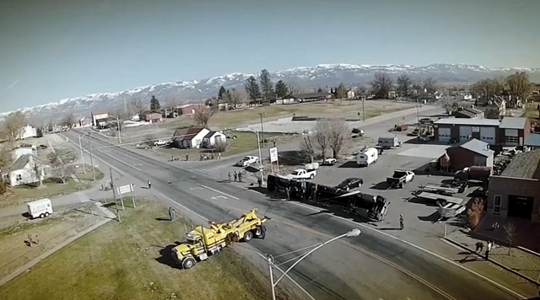NAFTA Trucking Regulations
What Is the North American Free Trade Agreement (NAFTA)?
The North American Free Trade Agreement (NAFTA) was enacted in 1994 and is currently the world's largest free trade area. It connects 450 million people and $17 trillion worth of goods and services throughout the United States, Canada, and Mexico. Under NAFTA regulations, buses and trucks that cross over the borders into the U.S. must follow certain rules and abide by safety standards to prevent future accidents and injuries from occurring.
For drivers crossing the border from Mexico to the United States, their vehicle must have a distinctive USDOT number, undergo extreme safety inspections and monitoring during an 18 month long provisional period, and provide additional certifications during the application process. Furthermore, there are specific locations that a driver of a commercial truck can pass through to enter into the United States and a certified motor carrier safety inspector must be on duty at the time.
When a trucker does not meet these guidelines and causes an accident, they may be held liable for damages. In some cases, the fault can be traced back to employer negligence, such as in a case where an employer knowingly puts an unqualified driver behind the wheel. If you have been involved in a truck accident and believe it has been caused due to employer negligence or truck driver negligence, call our Houston truck accident attorney today.
